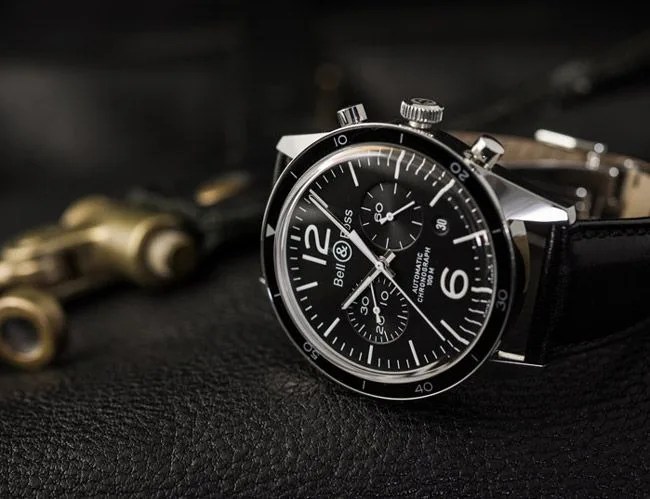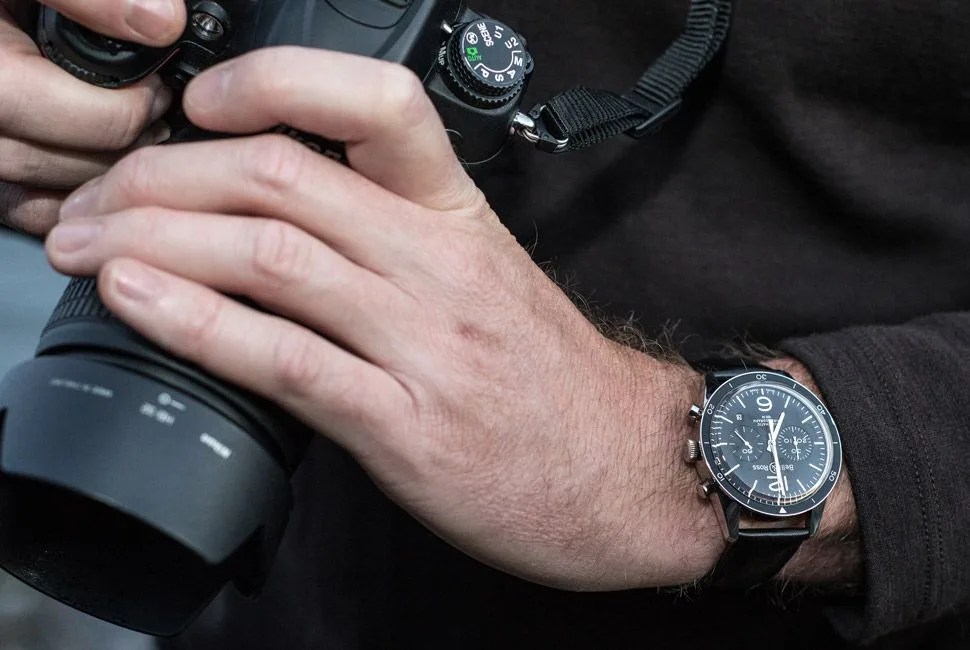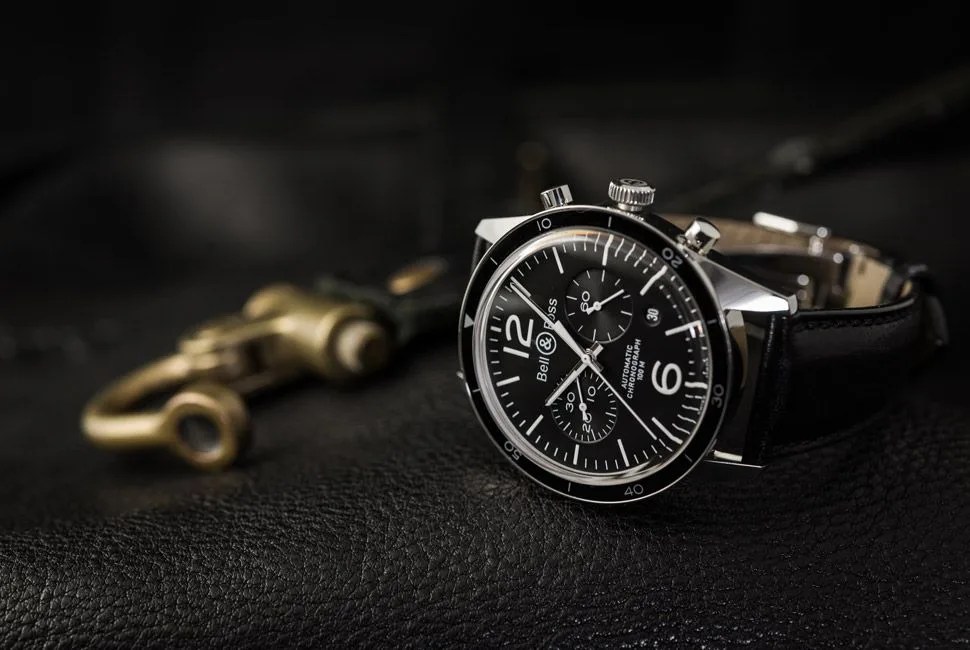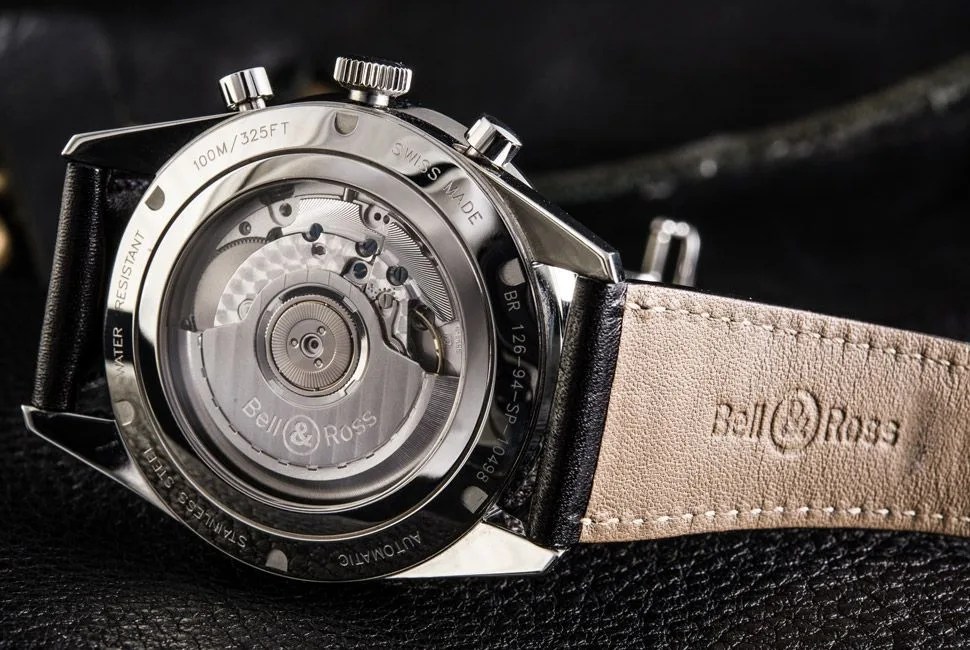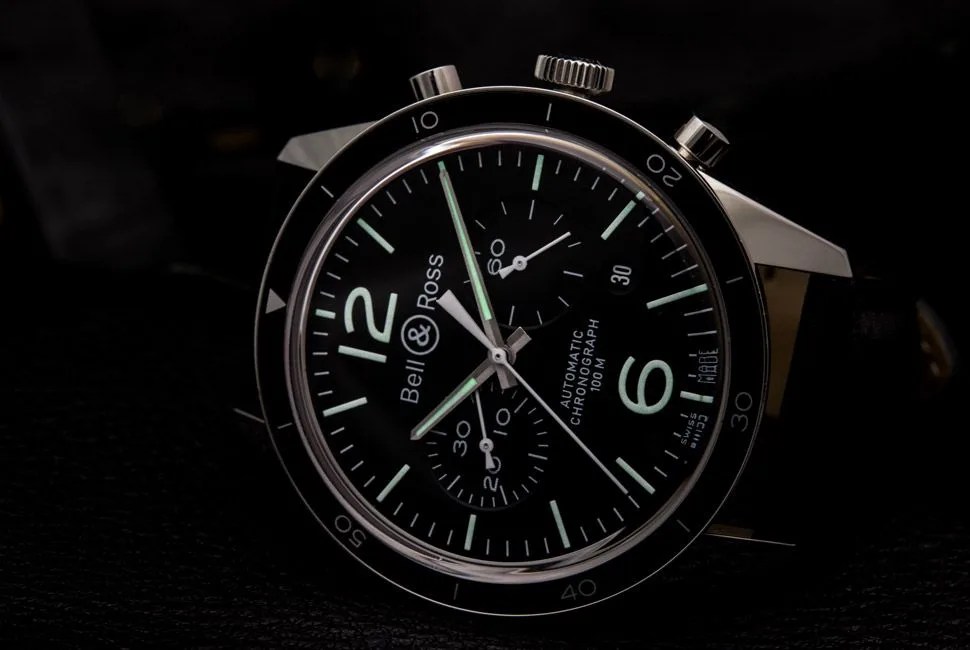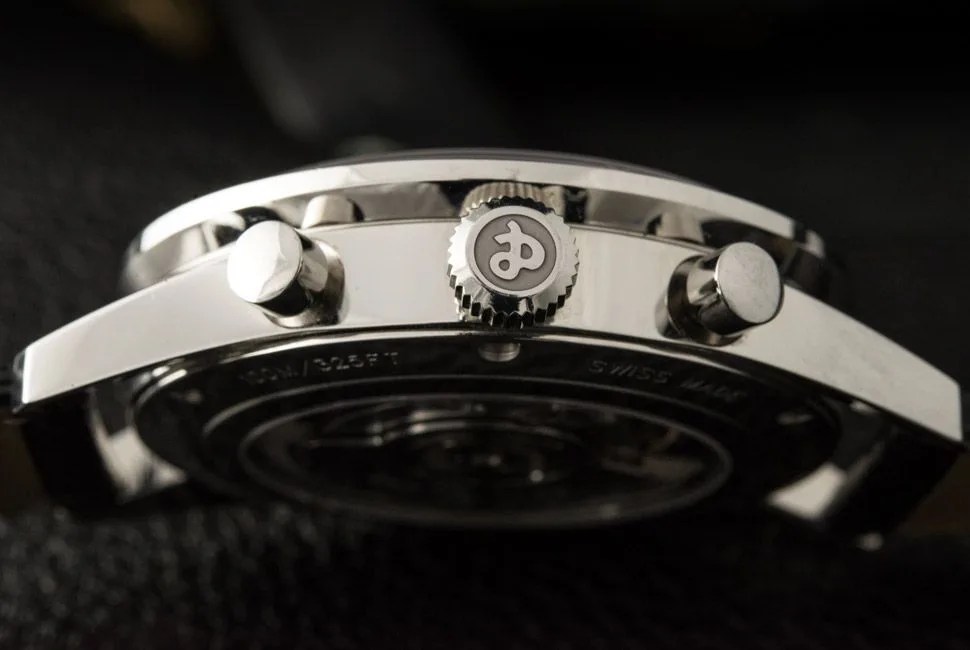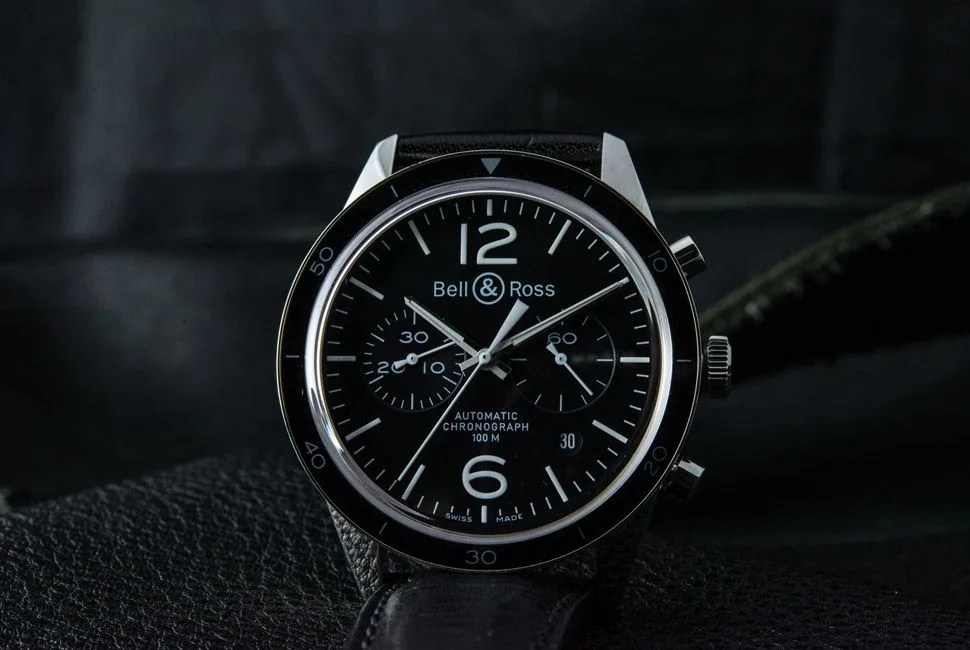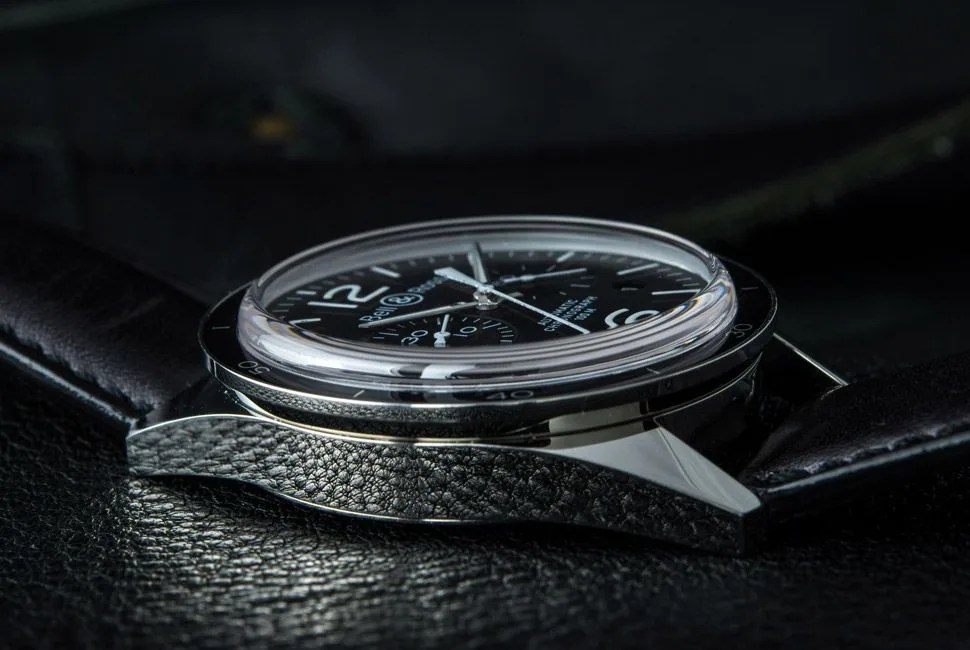7 photos
Though Bell & Ross is one of those brands that seem like they’ve been around forever, a quick check confirms that this maker of stylish aviation-inspired timepieces has only been in existence since 1992. Since that time, they’ve rarely put a foot wrong, winning fans with their form-follows-function lines of sports watches. In the early days, Bell & Ross was just a design house, penning watches that were built on contract by the German tool watch experts at Sinn. But things changed with the introduction of the BR01, with a 46-millimeter square case that looked ripped right out of a cockpit. Bell & Ross had its calling card.
MORE GP-FAVORITE TIMEPIECES Bell & Ross BR 126 Blackbird | Only Watch Charity Auction | The Swatch Sistem51 is a Horological Model T
Yet as the years passed B&R seemed to stagnate. Had the BR01 and its slightly smaller clone, the BR03, been one-hit wonders? The marine series BR02, a tonneau-shaped internal bezel dive watch, proved that the company had more up its sleeve. Then came the so-called Vintage line, which managed to maintain some of Bell & Ross’s familiar design cues but appealed to an audience of buyers who preferred a more nostalgic look. The Vintage line consisted of the BR 123 (the “3” refers to three hands) and the BR 126 (6 hands; i.e., a tri-compax chronograph), both of which featured smaller cases whose shapes recalled the classic sports watches of the 1960s; their dials, meanwhile, kept the looping oversized digits for which Bell & Ross was well known. The BR 126 Sport ($4,500) is one of the most recent versions of the Vintage chronograph family.
The only difference between the Sport and the standard BR 126 is the addition of a thin numbered bezel, but it makes quite a difference, imparting the look of some of the great dive and aviation chronos of the ‘60s from OMEGA and Jaeger-LeCoultre. We were disappointed that this feature of the new watch is nonfunctional, however. A numbered bezel on a watch should rotate; a bi-directional friction bezel would have completed the vintage pilot watch feel perfectly. Bell & Ross has often stated that function drives its form first and foremost, but in this case the fixed bezel feels like an afterthought for the sake of appearance only.
Tick List

